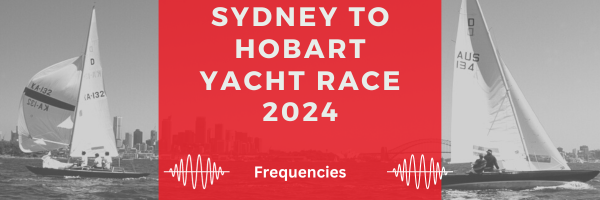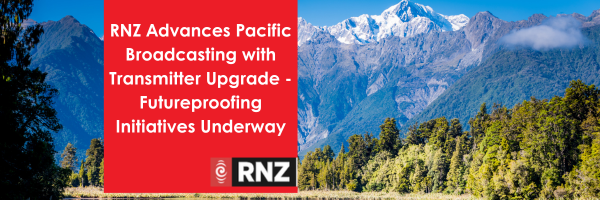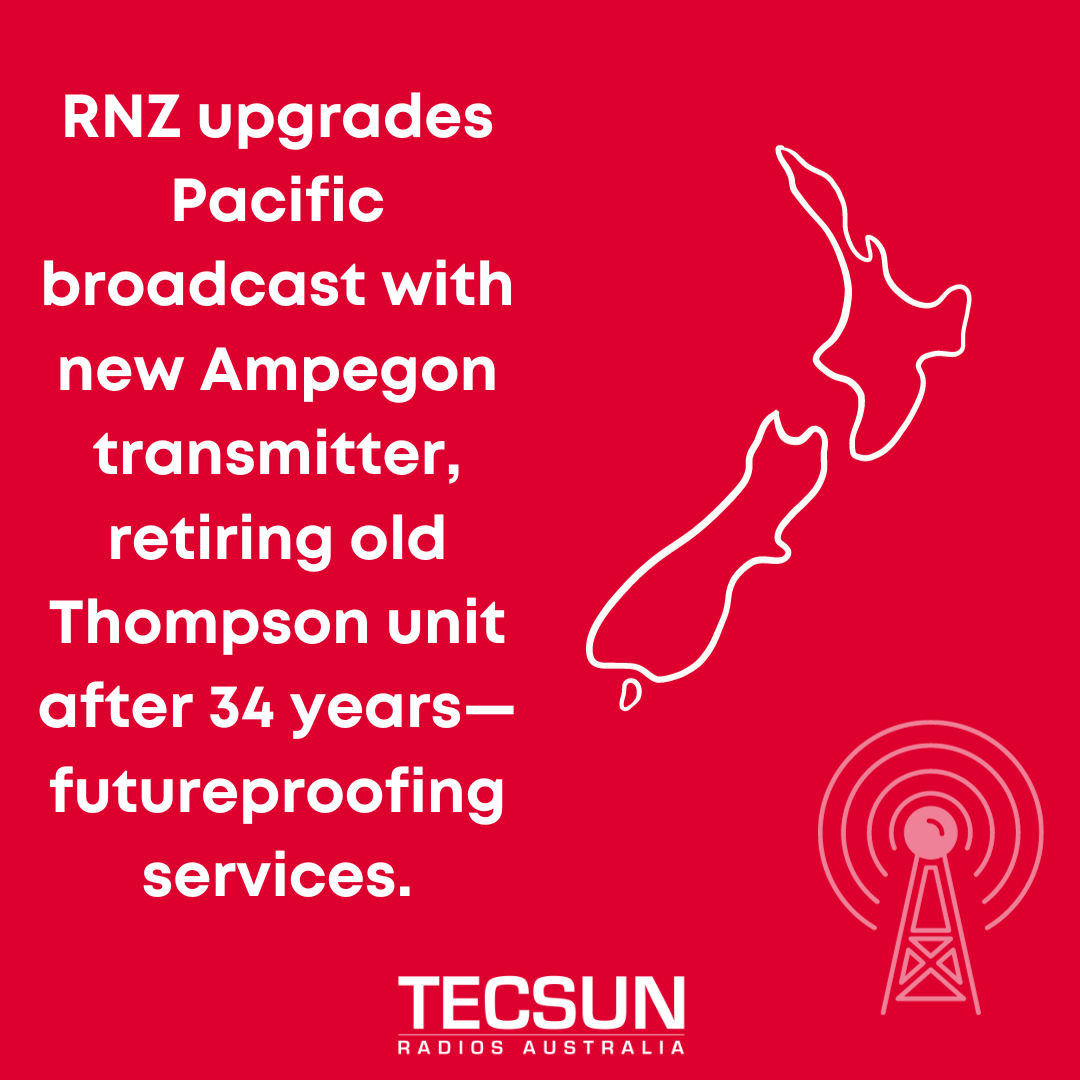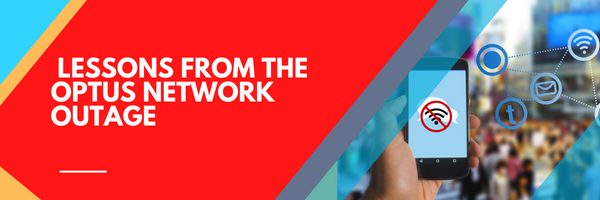 For the last 78 years, the Sydney to Hobart yacht race has been run on Boxing Day December 26.
For the last 78 years, the Sydney to Hobart yacht race has been run on Boxing Day December 26.
This year the cannon will sound at 1pm, signalling the start of the race once again. The Rolex Sydney to Hobart yacht race commences on 26 December and ends on December 31, 2023
This year 113 entrants will race the 628 nautical mile course. The oldest vessel in this years race was built in 1932.
All radio sked frequencies and times remain the same as previous years and are listed below.
Radio Relay Vessel, JBW will shadow the fleet throughout the race and will dock in Hobart with the fleet. STS “Young Endeavour” will be accompanying the Fleet south to Hobart and is designated as the standby radio relay vessel.
STS Young Endeavour was gifted to the people of Australia by the British government in 1988, as a gift to celebrate Australia’s bicentenary and is operated by the Australian Navy as a training vessel.
As the name suggests, the race is from Sydney to Hobart. Installation of an operational HF transceiver is mandatory for all vessels entered in the race.
HF and shortwave radio enthusiasts can listen in to position and weather reports during the race by monitoring the following frequencies:
Primary HF frequency: 4483 kHz USB
Secondary frequency: 6516 kHz USB
6516 kHz USB is constantly monitored by relay vessel “JBW” owned and donated for use during the race by Mr John Winning, owner of Appliances Online. JBW is a 70 foot motor cruiser.
Weather forecasts (Bureau of Meteorology):
4426 kHz, 8176 kHz, 12365 kHz and 16546 kHz, USB at 1030, 1430 and 1830 AEST daily, 2201 kHz, 6507 kHz, 8176 kHz and 12365 kHz USB at 0230, 0630 and 2230 AEST daily.
Tasmanian weather forecasts on the above frequencies at: 1130 and 1530 AEST
Tasmanian maritime radio:
2524 kHz, 4146 kHz, and 6627 kHz USB at 0745, 1345, 1633 and 1903 AEST
Position reports:
4483 kHz USB at 1835, and 0635AEST daily

In a strategic move towards enhancing broadcasting capabilities in the Pacific region, Radio New Zealand (RNZ) has bid farewell to its long-serving 34-year-old shortwave Thompson transmitter, colloquially known as “Transmitter 1.” This transmitter, one of two facilitating analogue and digital radio broadcasts to the Pacific, has been powered down for the last time in preparation for the installation of a cutting-edge Swiss-made Ampegon shortwave transmitter at RNZ’s Rangitaiki site.
This undertaking represents a significant milestone for RNZ, which has relied on shortwave radio for the past 75 years to disseminate broadcasts across the vast Pacific. The replacement of the aging Transmitter 1 signifies a pivotal step in the futureproofing of RNZ’s service.

Installed just outside of Taupō in 1989, Transmitter 1, a 100-kilowatt Thompson unit, played a crucial role during the Commonwealth Games in Auckland in 1990. However, with the challenges posed by obsolete parts and the transmitter’s exclusive capability for analogue transmission, its replacement became imperative.
The forthcoming Ampegon shortwave transmitter, capable of both digital and analogue transmission, is en route to New Zealand after being meticulously crafted at Ampegon’s factory in Switzerland. Yet, before the new transmitter can be operational, Transmitter 1 must undergo decommissioning, with salvageable parts reserved for future use.
RNZ’s Transmission Engineer Specialist, Steve White, acknowledged the complexities of the switchover, highlighting the need to dismantle Transmitter 1 integrated into the existing building. White explained, “It will take around four weeks to completely dismantle Transmitter 1… We need to isolate the transmitter from the main switchboard, as well as drain the fluids that help cool the transmitter before breaking it into parts.”
The installation of the Ampegon transmitter is anticipated to commence in January, with an estimated six weeks for installation, six weeks for commissioning, and additional time for training. The operational date for the new transmitter is projected to be 1 May 2024.
Once Transmitter 1 is replaced, RNZ will boast two transmitters capable of both analogue and digital transmissions, ensuring a robust backup system in case of technical issues.
In the interim, RNZ Pacific Manager Moera Tuilaepa-Taylor assured that alternative means of accessing RNZ content would be communicated to all Pacific partners. While the analogue service experiences a reduction during the transition period, RNZ content can still be accessed via satellite, downloads, or livestreaming through the official website.
RNZ Chief Executive and Editor in Chief, Paul Thompson, emphasized the indispensable role RNZ plays in the Pacific region, providing critical information during events such as the Tonga eruption when undersea cables were severed. Recognizing its significance, the Government allocated $4.4 million in capital funding for a new transmitter for RNZ Pacific as part of Budget 2022, reaffirming its commitment to the international service provided by RNZ in both English and Pacific languages.

The recent Optus Network outage in Australia, which left over 10 million people without phone service and internet access for a prolonged nine hours, is yet another reminder of the importance of preparedness. As more Australians questioned the wisdom of relying on a single network for both home internet and mobile phone service, it’s a wake-up call for everyone to consider alternative methods of staying in touch with the outside world, like shortwave radio. In this blog, we’ll explore how this outage affected millions and how radio can be a reliable lifeline during such emergencies.
The Impact of the Optus Network Outage
The Optus Network outage had a profound impact on daily life for millions of Australians. Businesses, especially those heavily reliant on EFTPOS machines, were among the hardest hit. One hospitality business in Sydney’s inner suburbs, operating in a predominantly cashless society, saw an 80% drop in customers during the outage. For many, particularly the younger generation, who have never experienced life without a phone, it was a bewildering experience. Many of the older generation enjoyed a day off.
Preparedness is Key
Events like the Optus outage serve as a stark reminder to be prepared for any emergency event or network outage. The outage disrupted not only daily life but also critical emergency services. Some mobile phones couldn’t reach triple-0 (Australia’s emergency number), and hospitals across the country, including virtual emergency departments in remote areas, were severely impacted. Lives were at risk due to the inability to communicate with emergency services during this crisis.
Why Shortwave Radio Matters
AM, FM and Shortwave radio, a technology over a century old, demonstrated its enduring value once again during the outage.
When everything else, including the electrical grid, internet, and cell service, fails, radio stood strong. It can relay information immediately if it’s equipped with backup power, making it a reliable source of communication during emergencies.
Tips for Shortwave Radio Preparedness
- Ensure that you and your family have AM/FM/shortwave radios readily available. You never know when you might need them.
- Learn how to operate your radio. Practice tuning in and show your family and friends how to tune in to local and international stations to stay informed during an outage.
- Store your radio in an easily accessible location. In an emergency, every second counts.
- Keep your radio charged or stock up on fresh batteries to ensure it’s always ready to use.
It’s easy to take for granted in our interconnected world, but when it’s suddenly unavailable, the consequences can be dire. Shortwave radio, a time-tested technology, can be a lifeline in times of crisis, offering a reliable means of communication when all else fails. Don’t wait until you need it; be prepared, keep your shortwave radio ready, and ensure that everyone in your family knows how to use it. In a world of uncertainty, this simple yet powerful tool can make all the difference.
We have two fantastic emergency radios available in our web store at very affordable prices.


